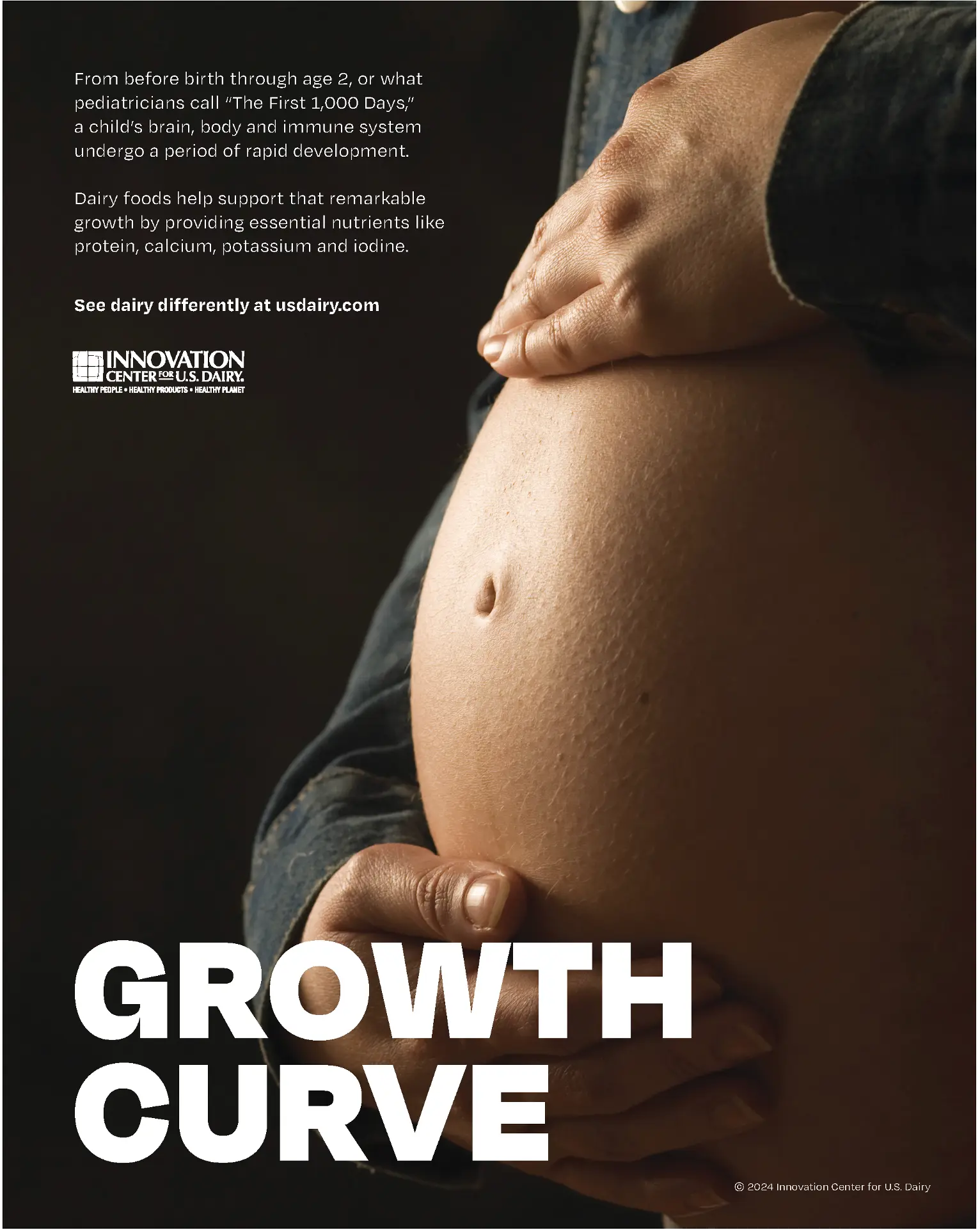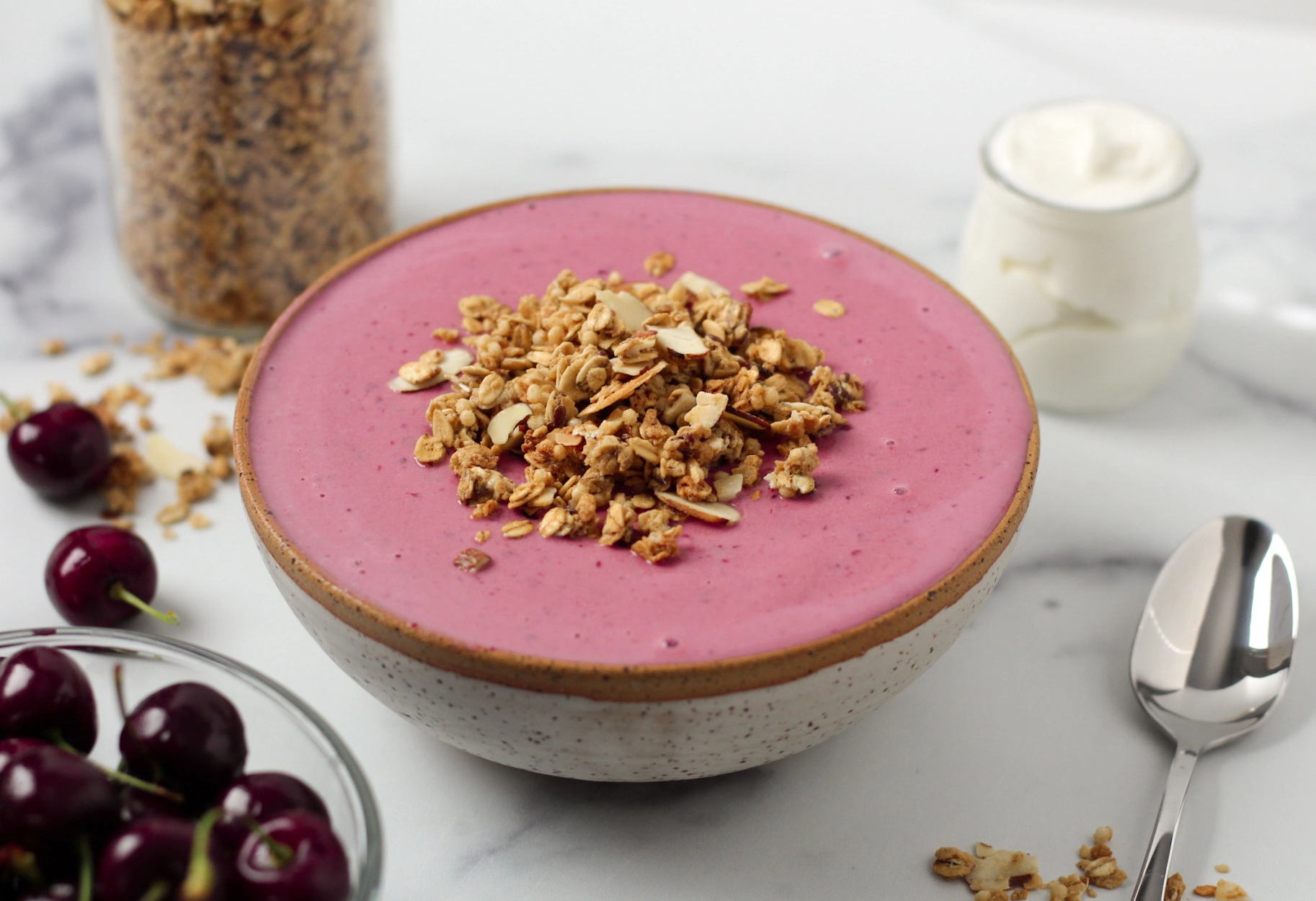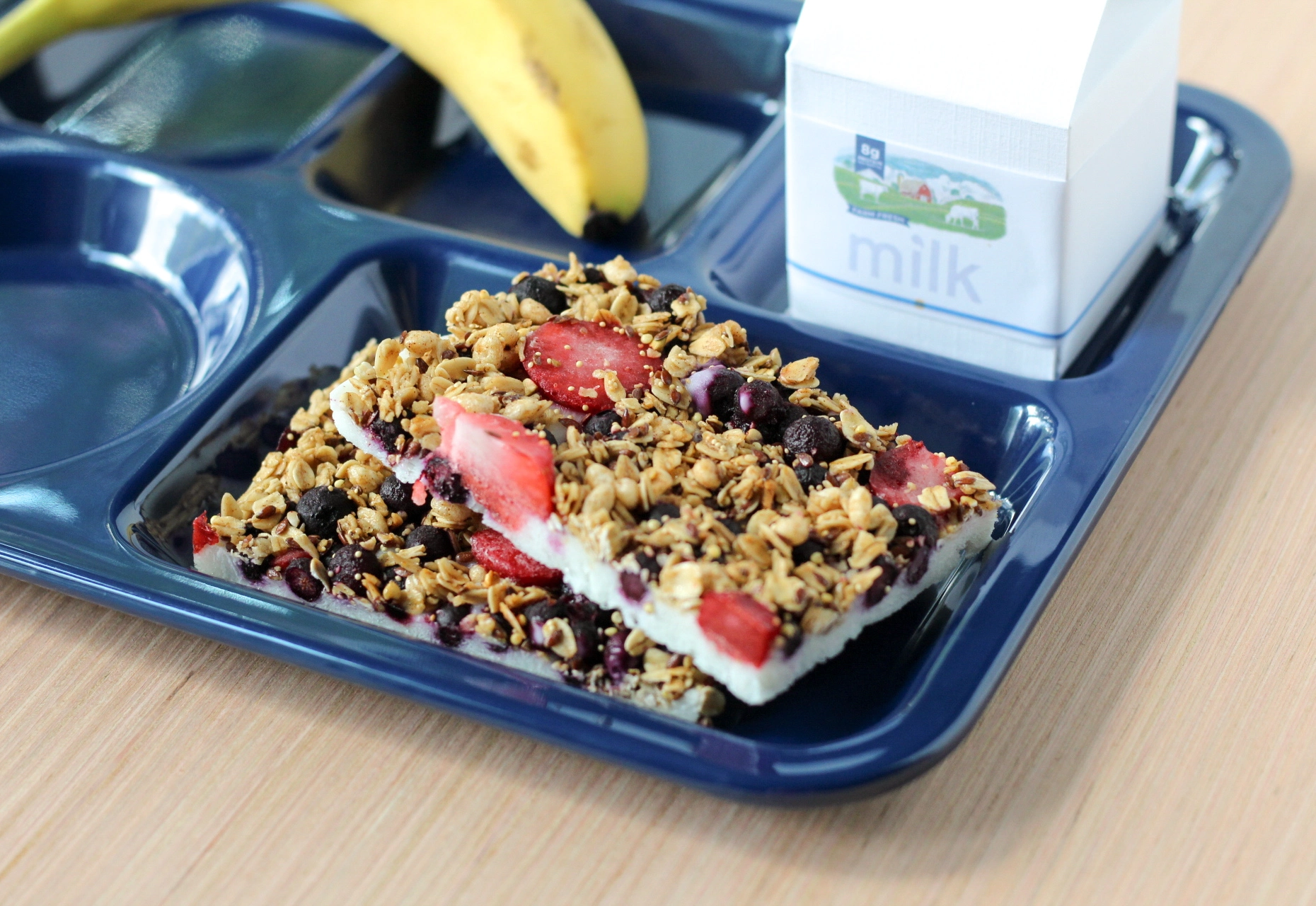- Home
- Programs
- Health & Nutrition
- How is Dairy Checkoff ...
For decades, dairy farmers have believed in the value of whole milk and thanks to your checkoff investment, National Dairy Council (NDC) is leading the science to expand our understanding of dairy’s health and wellness profile.
And the timing couldn’t be better with consumers today becoming more aware and mindful than ever of the foods they consume and the benefits provided. “Fat is bad” is being replaced by a “food as medicine” way of thinking and dairy is well positioned to meet the ever-evolving needs and expectations consumers have of the foods they choose.
Milk – including whole fat options – is so much more than its 13 essential nutrients. Dairy foods like milk, cheese and yogurt have bioactive compounds and physical components that deliver modern wellness needs related to physical health, energy, mental focus and long-term wellness.
That’s a powerful message and it’s one your checkoff teams are using to educate consumers, health professionals and others. And the good news is, with 80 checkoff-funded studies on whole milk and whole milk dairy foods over the past 20 years, this information is rooted in sound science.
What we have learned is whole milk and whole milk dairy foods can fit into a healthy diet – with milk, cheese and yogurt at all fat levels being linked to reduced risk of diet-related diseases like type 2 diabetes and cardiovascular disease.
And the research is helping to make a difference where it matters most: with consumer purchase decisions. Whole milk sales now account for 47 percent of all retail sales, an increase from 27 percent in 2013.1
Dr. Oral Capps, an economist with Texas A&M University, determined that the dairy checkoff’s investment in whole-fat research resulted in an additional 3.6 billion milk equivalent pounds sold from 2012-2022.2
Want to learn more about checkoff-led dairy nutrition research?
Check out the Your Dairy Checkoff podcast for a deeper dive.
Building Lifelong Habits
It’s well understood how dairy can positively impact childhood wellness through the foods served at home and in the school cafeteria.
But dairy delivers benefits to children, even before they are born.
Dairy checkoff teams are shining a light on the importance of the first 1,000 days, especially for new parents. This is the period from conception through a child’s second birthday and it is a critical time for brain health and cognition. Consider a baby’s brain grows from about 10,000 brain cells in the first month of pregnancy to a staggering 10 billion by the sixth month.
It sets a foundation for a lifetime of health and dairy can be an important factor. Milk, cheese and yogurt provide 7 of the 14 nutrients identified by the American Academy of Pediatrics as vital during this period, a fact that can help parents and pediatric caregivers make informed infant feeding decisions.
Checkoff teams nationally and locally are working to get the word out about dairy’s role in the first 1,000 days through a variety of partnerships and strategies with trusted resources parents turn to.
Dairy in School Meals
The dairy checkoff has developed a “Smart Swaps” initiative to help school nutrition professionals meet evolving nutrition standards and student expectations.
Smart Swaps highlights dairy on school breakfast menus while addressing changing school meal standards, provides training resources to school nutrition professionals and kid-approved breakfast recipes.
School meal nutrition standards limit the amount of added sugar from foods such as cereal, yogurt and flavored milk. Additionally, there are upcoming nutrition requirements that will limit added sugars and sodium across all meals served weekly.
“We have reimagined what’s possible with delicious, dairy-centric menu items,” said Alyson Kirchner, senior vice president of youth and schools for Dairy Management Inc. “These menu options are aligned with the new added sugar and sodium guidelines while ensuring students receive the nutrient-rich foods they love and need.”
Student preferences were included in the development of Smart Swaps recipes with 2,500 students nationwide testing 10 menu offerings. The recipes include cherry lime smoothie bowls, breakfast nachos with Tajin yogurt sauce and breakfast grilled cheese with honey mustard sauce. Nutritional analysis was also conducted on the recipes to ensure they align with USDA nutrition standards.
Sources:
- Circana, calendar year ending 12-29-2024
- Capps, O. 2024. Evaluating the Effectiveness of DMI Investments in Domestic Food Service Partnerships, Value-Added Milk, Whole Fat Science, and Dairy Exports
Stay Informed
Subscribe to our newsletter, delivered twice a month to your inbox. You will receive updates on the latest checkoff initiatives and projects, valuable insights, and more information on how we're growing sales and building trust in U.S. dairy.
Please enter a valid email




